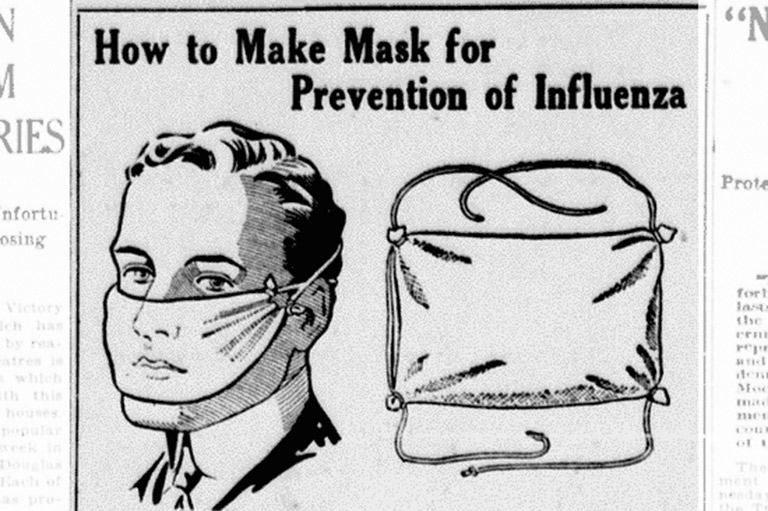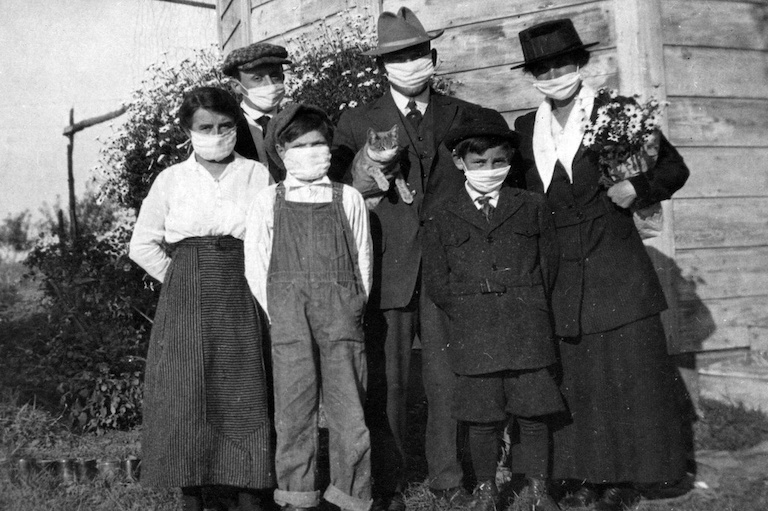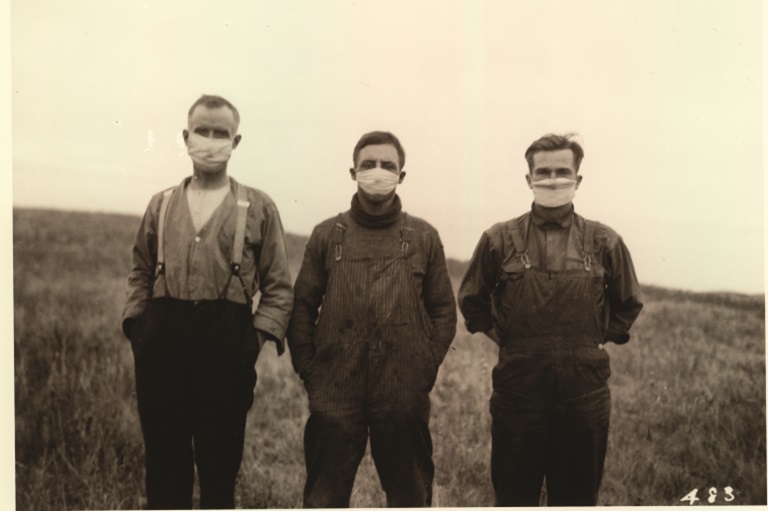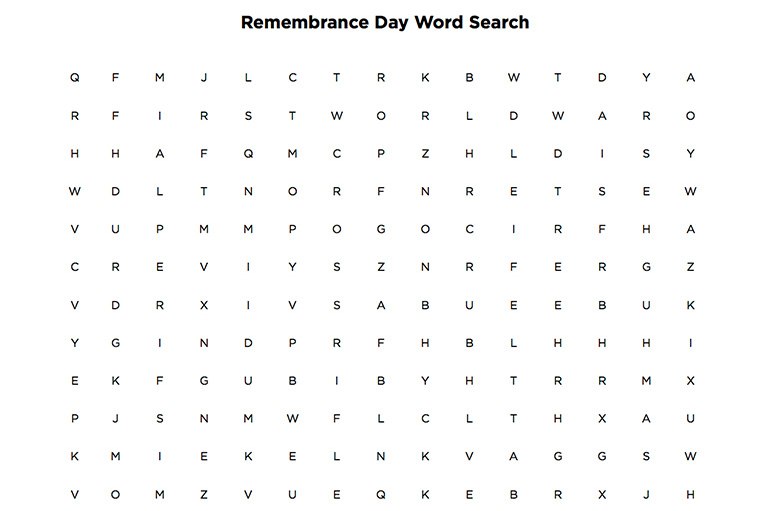Talking About Pandemics

We learn a lot by studying what’s happened in the past. The 1918 influenza pandemic almost killed as many Canadians as the First World War. Knowing what happened back then teaches us how important it is for people to stay home when they have a deadly disease that infects others, and to wash their hands well if they must go out.
This classroom activity is inspired by the article “Memories of COVID-19” in the Growing Up Healthy issue of Kayak: Canada’s History Magazine for Kids.
In this activity, students will use primary source evidence to analyze continuity and change. To learn more about the six historical thinking concepts, check out the Historical Thinking Project.
Activity:
Much like with COVID-19 today, back in 1918 people were talking about the influenza outbreak. From public health posters and newspaper articles to photographs and letters, there are lots of records that reveal the ways people were learning about, reacting to, and sharing information about the flu pandemic.
Have your students research how the 1918 flu pandemic impacted their communities. Local archives, libraries, and newspapers often have many digitized collections that students can reference. Alternatively, students can analyze the posters, advertisements, and newspaper articles compiled in this document.
Ask your students to create a word cloud with some of the phrases and words that appear most frequently. This will help them to visualize these records and can help provide insight into the kinds of language used 100 years ago.
Bring your students together for a class discussion to compare the language used to describe the 1918 flu outbreak versus the COVID-19 pandemic. Here are some guiding questions to ask your students:
- What were people talking about most during the 1918 influenza pandemic in your community?
- Based on the primary source documents and what you read and hear about today, how would you describe the language that is used to discuss public health crises? What words that were used to describe the 1918 Influenza are being used today to describe the COVID-19 pandemic? What words are different?
- What has been similar in how society is responding to COVID-19 and how it reacted to the 1918 influenza? What has been different?
- Whose stories were shared during the 1918 influenza and whose stories are being shared today? Are there any missing perspectives?
- What public health measures have changed since 1918? What is better now than back in 1918?
- What lessons can we learn from these crises and how should we apply those lessons?
Themes associated with this article
Advertisement







